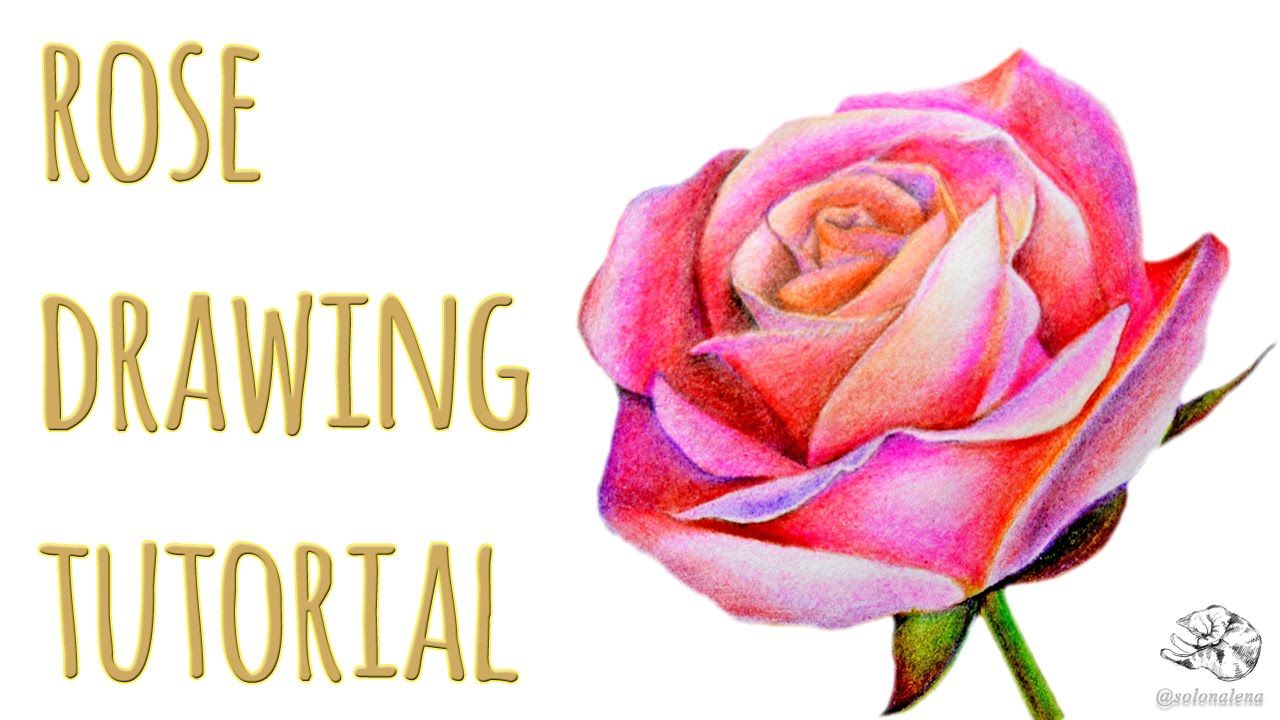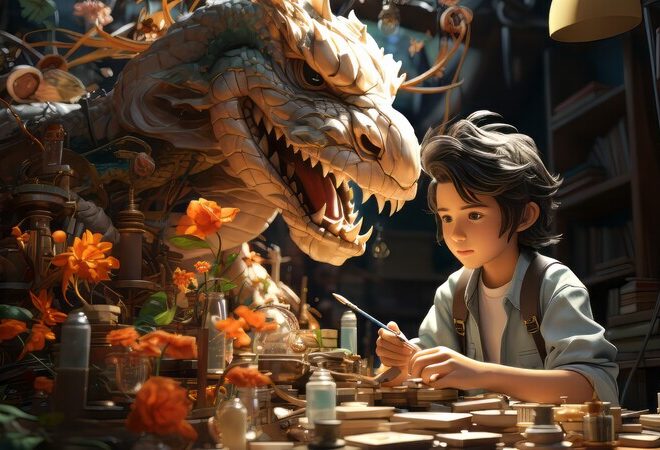
How to Drawing:B6YAD8OR5MM=Flower: A Step-by-Step Guide
Drawing flowers can be a soothing and rewarding experience, whether you’re an aspiring artist or just looking for a fun creative outlet. Drawing:B6YAD8OR5MM=Flower In this guide, we will walk you through the steps of creating a simple yet stunning flower drawing. Whether you’re using pencil, pen, or even digital tools, these easy-to-follow instructions will help you bring your flower to life.

Why Learn to Draw Flowers?
Flowers have been a popular subject in art for centuries, symbolizing beauty, nature, and emotion. Learning how to draw them can improve your drawing skills and boost your creativity. Plus, flowers can be personalized in countless ways, allowing you to put your unique touch on every drawing.
Step-by-Step Guide to Drawing a Flower
1. Gather Your Materials
Before you begin, make sure you have the right tools. You’ll need:
- A sketchpad or drawing paper
- Pencils (preferably with varying levels of hardness)
- An eraser
- Fine-liners or colored pencils (optional)
If you’re drawing digitally, you can use your preferred drawing tablet or software.
2. Start with Basic Shapes
Begin by sketching the basic shapes that will make up your flower. Start with a simple circle in the center of your paper to represent the flower’s core. Around this circle, draw a larger circle or oval shape, which will serve as the boundary for your petals.
3. Sketch the Petals
Now, start adding petals around the central circle. Flowers come in many shapes and sizes, so the number and shape of the petals will depend on the type of flower you’re drawing. A common way to draw petals is by creating soft, curved lines that fan out from the center. Try to keep the petals evenly spaced, but remember, no flower is perfect, and a bit of variation can add a natural feel to your drawing.
4. Add Detail and Texture
Once you have the basic outline, it’s time to add details. Draw smaller lines or curves inside each petal to indicate folds or shading. You can also add lines radiating from the center of the flower to give it more texture. If your flower has leaves or a stem, sketch those in as well, using long, smooth strokes.
5. Refine Your Drawing
At this stage, take your eraser and gently remove any unnecessary lines, cleaning up your sketch. Focus on refining the shape of the petals, making sure each one looks smooth and connected to the center of the flower.
6. Add Shading
Shading is key to making your flower look realistic. Start by identifying where the light source is coming from, then add shadows accordingly. The areas closest to the center of the flower and under each petal will be darker. Gradually blend the shading outwards to give your drawing a three-dimensional effect.
7. Final Touches
If you’re working in color, now is the time to bring your flower to life. Use colored pencils, markers, or digital tools to add vibrant hues. Whether you go for bold colors or subtle pastels, coloring adds depth and personality to your drawing.
Pro Tips for Drawing Flowers
- Practice different flower types: Roses, daisies, sunflowers, and tulips all have unique shapes. Experiment with different flowers to improve your skills.
- Focus on symmetry: Flowers are often symmetrical, so pay attention to balance when drawing petals.
- Don’t be afraid to experiment: Try different shading techniques, textures, and styles to find what works best for you.
Common Mistakes to Avoid
- Overcomplicating the design: Start with simple shapes and build from there. Too many details too soon can make your drawing look cluttered.
- Ignoring proportions: Make sure the petals are proportionate to the flower’s core. Uneven proportions can make your drawing look off-balance.
- Forgetting the stem and leaves: A flower doesn’t exist in isolation—adding a stem and leaves gives context and completes the drawing.
Explore Different Flower Drawing Styles
When it comes to drawing flowers, there’s no single right way to do it. Artists often develop their unique style over time, experimenting with various techniques and approaches. Here are a few different styles you can explore to find what resonates with you:
1. Realistic Flower Drawing
If you enjoy precision and detail, realistic drawing might be your style. This approach focuses on capturing every minute aspect of a flower, from the delicate texture of its petals to the intricate veins on the leaves. You’ll need to pay close attention to proportions, light sources, and shading to bring a lifelike quality to your drawing.
Pro Tip: Use reference photos or real flowers to guide your work. Observing how light interacts with the flower can help you recreate its true essence on paper.
2. Minimalist Flower Drawing
Minimalism strips the flower down to its most basic form, often focusing on simple lines and shapes. In this style, you aim to convey the essence of the flower without excessive detail. It’s an ideal style for quick sketches or illustrations that focus on elegance and simplicity. Minimalist flower drawings can also lend themselves well to tattoo designs, logos, or other graphic art forms.
Pro Tip: Use clean, continuous lines for the petals and stem. Keep the composition balanced but avoid unnecessary embellishments.
3. Abstract Flower Drawing
Abstract flower drawing is perfect for those who like to break free from the constraints of reality. Instead of aiming for realism, this style allows you to play with shapes, colors, and forms. Abstract flowers can be exaggerated, surreal, or completely imaginary. The goal here is to express emotion or mood rather than creating an exact replica of a flower.
Pro Tip: Experiment with bold, contrasting colors and unusual shapes. This is where creativity truly takes over!
4. Botanical Illustration
For those with a love of science and nature, botanical illustrations offer a fascinating blend of artistry and accuracy. Botanical drawing involves detailed, scientifically accurate representations of flowers and plants. Often used in educational materials, this style requires close observation and meticulous attention to the plant’s features.
Pro Tip: Precision is key in botanical illustration. Take your time with each part of the flower, and don’t hesitate to include labels or notes to provide additional context.
5. Cartoon or Whimsical Style
A cartoon or whimsical flower drawing is characterized by playful, exaggerated features and bright, cheerful colors. This style is great for children’s illustrations, greeting cards, or simply having fun with art. In this style, flowers often have oversized petals, friendly faces, or other imaginative elements.
Pro Tip: Have fun with proportions and expressions. There’s no need to stick to reality—make your flowers as playful and vibrant as you like!
How to Use Your Flower Drawings
Once you’ve mastered your flower drawing techniques, you can use them in various creative ways. Here are some ideas:
1. DIY Greeting Cards
Hand-drawn flowers make beautiful designs for greeting cards. Whether it’s a birthday, thank-you note, or a special holiday card, your floral illustrations can add a personal touch. You can even combine your drawing with calligraphy or handwritten messages for a more heartfelt effect.
2. Wall Art
Turn your flower drawings into stunning wall art. You can frame your artwork or scan and print it onto larger canvases. Adding color, either digitally or with paint, can create vibrant art pieces that brighten up any room.
3. Tattoo Designs
Flower tattoos are incredibly popular due to their symbolism and beauty. If you’re interested in creating tattoo art, your flower drawings could be the foundation for unique and meaningful tattoo designs. Experiment with different styles like minimalist, watercolor, or detailed botanical drawings.
4. Coloring Pages
Flowers are perfect subjects for creating coloring pages, whether for adults or children. You can scan your black-and-white flower drawings and print them out to share with friends, family, or even online communities. Coloring flowers is a relaxing activity for people of all ages.
5. Pattern Design
If you enjoy creating patterns, your flower drawings can serve as excellent motifs for textiles, wallpapers, or other decorative surfaces. Use your flower sketches to design repeating patterns or isolated motifs that can be applied to anything from clothing to home decor.
Symbolism in Flower Drawing
Drawing flowers isn’t just about the aesthetics—they also carry deep symbolism and meanings. Different flowers are often associated with specific emotions, ideas, or traditions. Understanding these meanings can add a layer of depth to your artwork.
- Roses: Often symbolize love, passion, or beauty. Red roses represent deep love, while white roses symbolize purity.
- Lotus: In many cultures, the lotus flower symbolizes enlightenment, spiritual awakening, and purity.
- Daisies: Daisies are symbols of innocence and purity and often evoke feelings of happiness and simplicity.
- Sunflowers: Known for their bright, cheerful appearance, sunflowers are associated with positivity, loyalty, and long life.
- Cherry Blossoms: In Japanese culture, cherry blossoms represent the fleeting nature of life due to their short bloom time. They also symbolize renewal and beauty.
Incorporating symbolic flowers into your drawing can give your artwork more meaning and emotional impact.
Conclusion
Drawing a flower doesn’t have to be intimidating. With the right techniques and a bit of practice, you can create stunning floral artwork in no time. Whether you’re drawing for fun or honing your artistic skills, this step-by-step guide is a great starting point.
So grab your pencils and start sketching! There’s no better time to explore your creativity and bring your flower drawings to life.
For more great updates keep visiting TechWies




